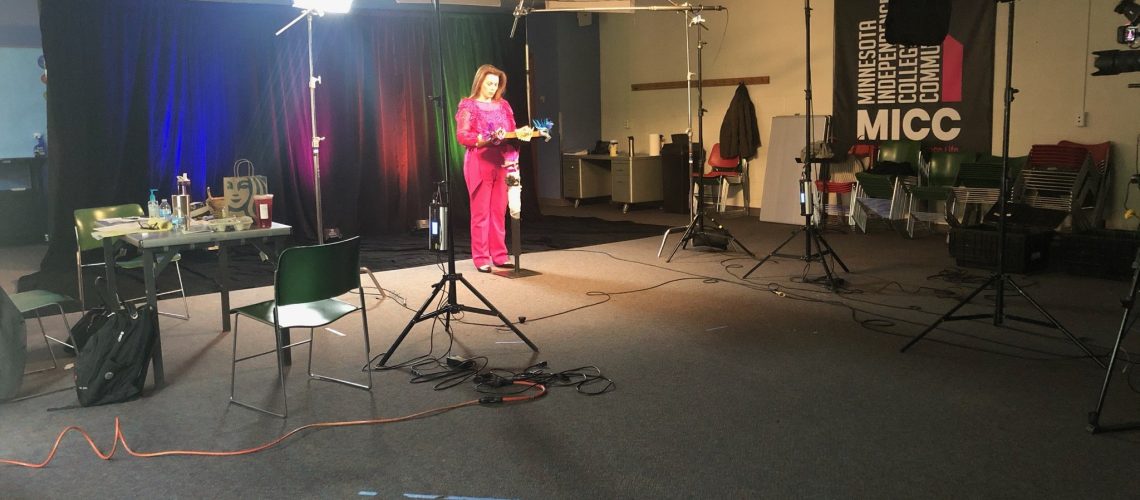By: Megan Garritty
As event planners, we learn to be flexible and adaptable to situations around us. In the midst of the COVID-19 pandemic, one way the event industry has had to become adaptable is by changing what our events look like to fit the needs of the world around us. For a lot of our non-profit event partners, this means hosting virtual fundraising events. In the past week, Do Good Events has been able to dive headfirst into the world of virtual fundraisers to help our non-profits continue to connect with their audiences, meet their goals, and Do Good.
Are you considering whether your event should go virtual? Here are a few considerations:
- Video production resources
- Strong donor base and pre-committed donations
- Donor demographic – will they respond to virtual?
Once considering these items, your board and committee should make a decision to move forward with either a virtual event or an online giving campaign. A virtual event will include videos and a virtual audience tuned in to watch live. An online giving campaign doesn’t have any live elements. The campaign will be set to remain open during a period of time where people can bid on items and donate online.
It is important to remain realistic within the timeline you have to plan a virtual event. Can you gather the resources needed to put on high-quality video production? Do you have a strong, dedicated audience of supporters that you know will tune-in to your virtual event? Consider your typical following and engagement on social media to determine this. Do you have matches from donors already committed going into the event? Donors set to give at your fund-a-need levels?
Okay, so you’ve decided to go virtual. Now what?
- Put a communication plan in place
- Who needs to know first and what do they need to know?
- Alert your sponsors and stakeholders first. Be transparent and ask them for their support.
- What platforms will you use to communicate?
- Where do you reach your widest audience? Is it through an email marketing platform such as Constant Contact or Mailchimp? Is it through social media?
- Be clear about where your audience can go to get the latest updates. Whether that is a dedicated web page or having a way for people to opt-in to receive email communications.
- Communicate every day. In this case, over-communication is not a bad thing. It is the best way to engage your audience and not to lose any momentum.
- Have clear and concise messaging. Your audience should know exactly what to do, how to do it, and why their help is important.
- It is okay to communicate the impact of the loss of the in-person event will have on your fundraising for the year. Be honest with your supporters. Does your annual gala raise the funds to execute 50% of your programming for the year? Let people know this. Help them to understand their impact and feel for your cause.
- Give a strong call to action. What do you want people to do now? Use clear, consistent messaging so there is no confusion.
- Tell your supporters how they can help you!
- Gain momentum online by creating a hashtag and encourage sharing photos on social media. You can even encourage your supporters to have small watch parties with their families and friends in their home.
- An example from our friends at Minnesota Independence College & Community:
- “Share pictures of your watch parties and costumes with us on social media by using #MICCmasquerade and #virtualgala or email to info@miccommunity.org to be showcased on our Facebook and Instagram stories!”
- An example from our friends at Minnesota Independence College & Community:
- SHARE! The best part about a virtual gala is that anyone can tune in and help to support your cause, even if they were not originally a ticket-holder for your in-person event!
- Gain momentum online by creating a hashtag and encourage sharing photos on social media. You can even encourage your supporters to have small watch parties with their families and friends in their home.
- Who needs to know first and what do they need to know?
- Determine what your online presence will be for the virtual event
- Youtube and Facebook can “premiere” pre-recorded videos
- Shorten your program to 20 minutes or less.
- Your audience is distracted. Don’t lose their attention by a program that is too long.
- Shorten your program to 20 minutes or less.
- Create a landing page for donations/ your Fund-A-Need
- Have a way to recognize matches, pre-recorded donations, etc.
- Use messaging to help your audience understand how their money will be spent. For example: “A donation of $100 tonight helps to build hygiene kits for our patients”
- Film your testimonial so you don’t lose the emotional draw.
- Silent & Live Auctions
- Make sure your audience can register themselves online with your mobile bidding platform
- Take a little more time to get close-up, high quality pictures of baskets and write very detailed descriptions, because guests won’t be able to see them in person.
- Make a plan for how winners will receive their auction items
- Have one pick-up site where winners can coordinate a time to get their items
- Mail certificates
- Post clear instructions online for how guests will receive their items to eliminate as much confusion as possible
- Have your auctioneer and emcee tape 1-3 minute videos about your live auction/featured items.
- Open your auction early! People will tune in when they want to, not necessarily when the in-person event was supposed to take place.
- Double check your item certificates to make sure nothing is going to expire soon. Also check items such as theater and sporting tickets to ensure they will still be taking place and have not been cancelled.
- Youtube and Facebook can “premiere” pre-recorded videos
Still looking for support for your virtual fundraiser? We’re here to help. Send us a note at info@dogoodevents.com.

